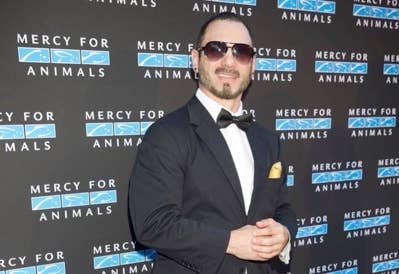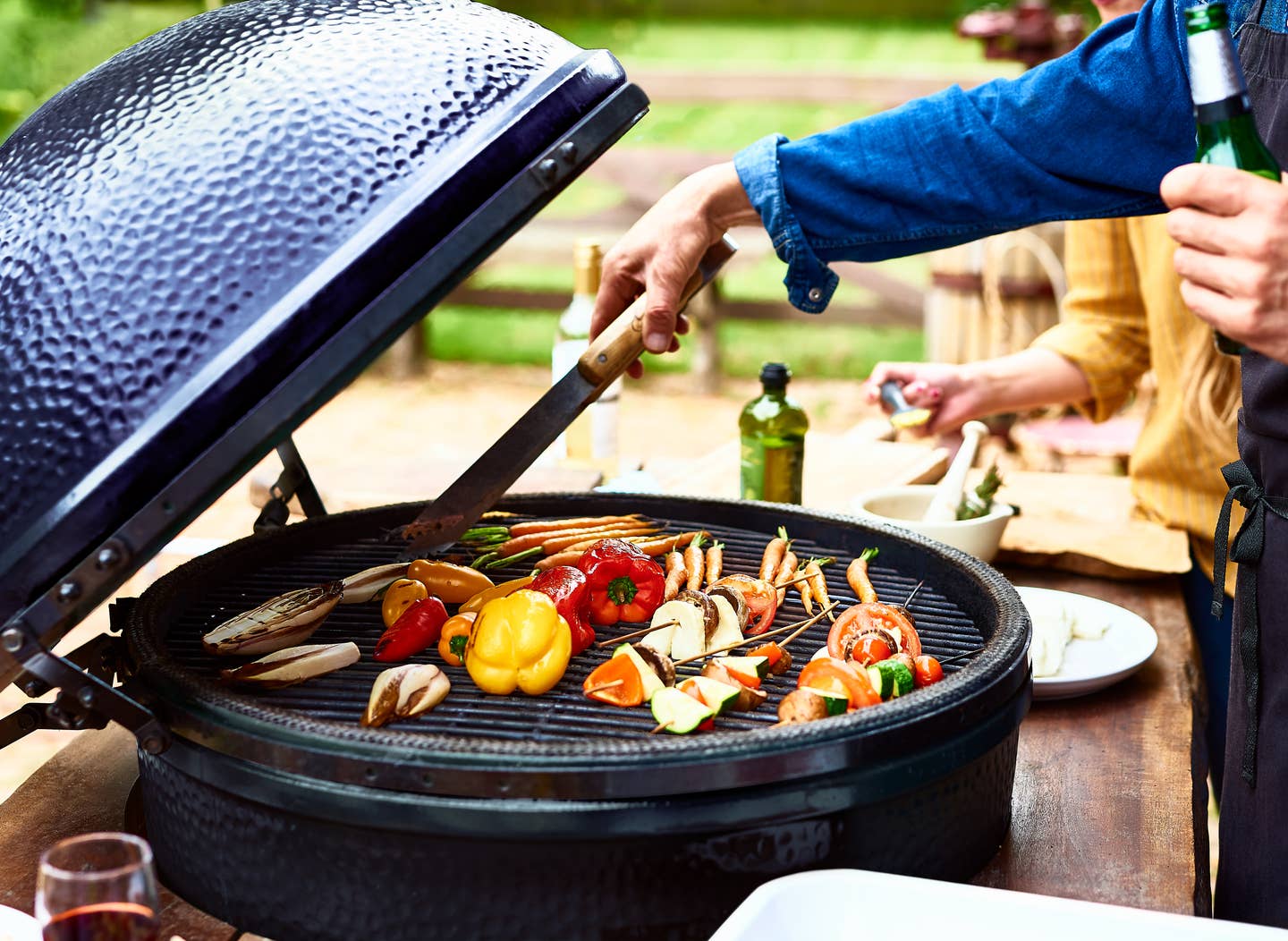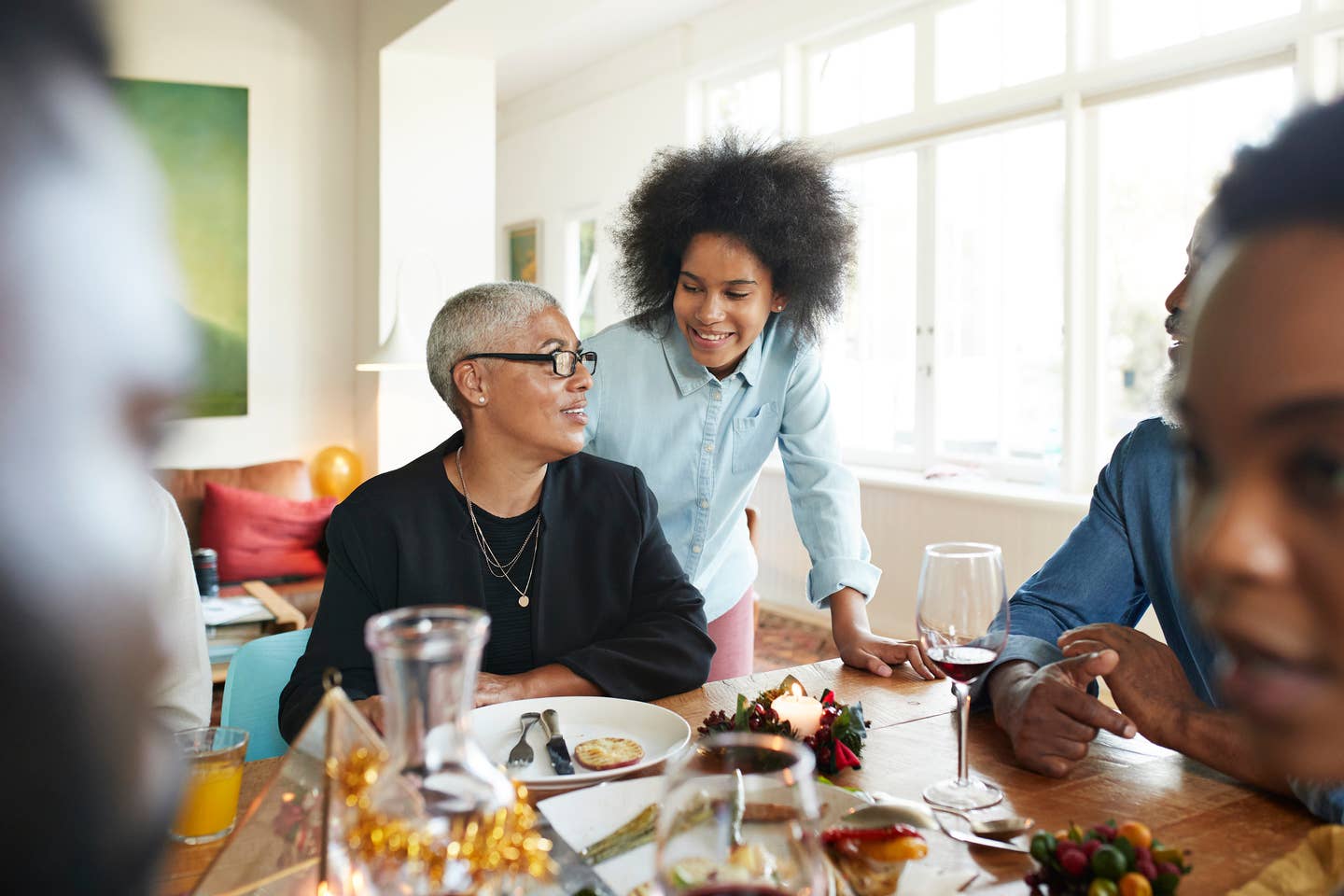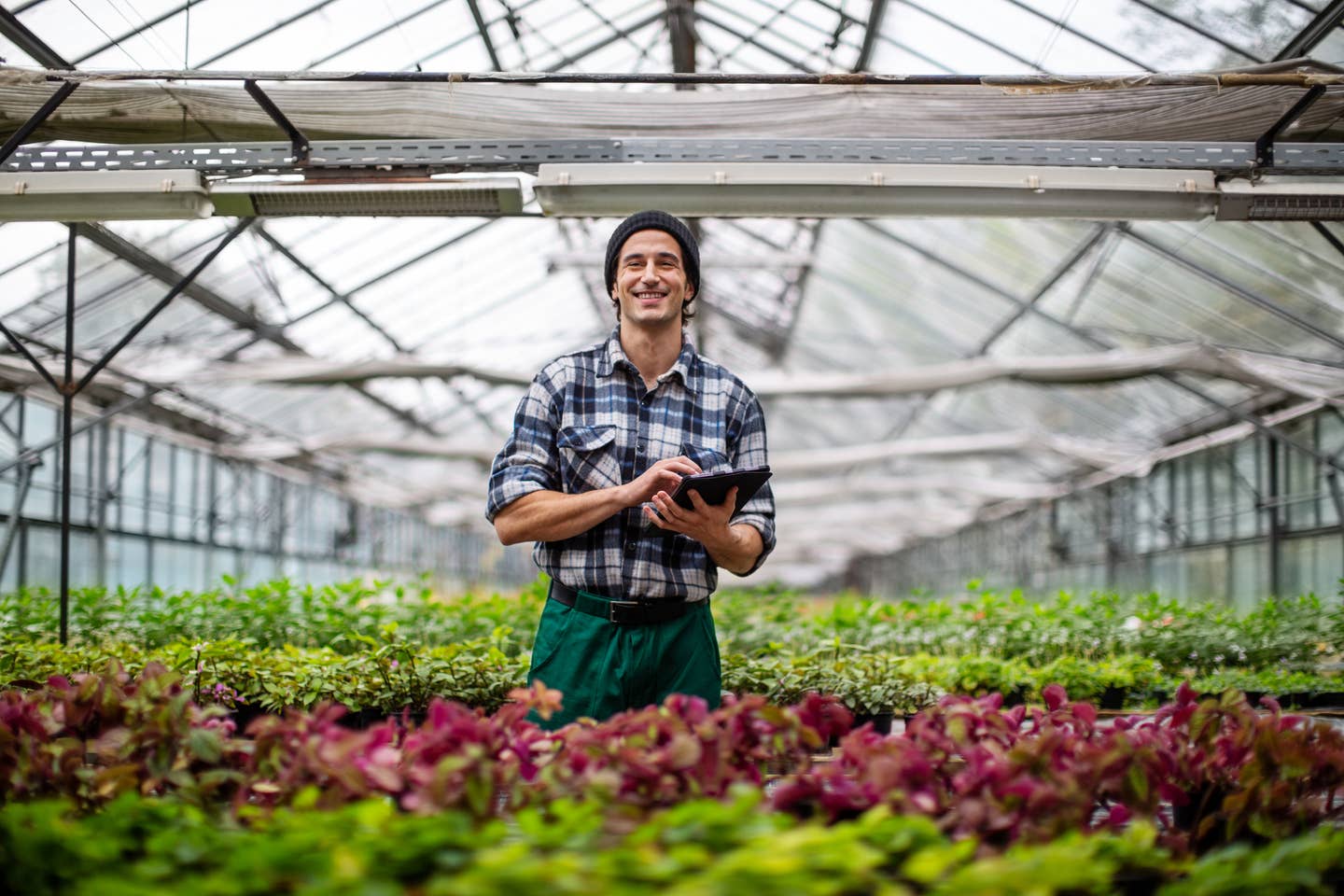
Where Do You Get Your Protein on a Plant-Based Diet, From a Pro Wrestler
"Where do you get your protein?" is a question that professional wrestler and 14-time champion Austin Aries hears every day. In a recent interview, Austin, best known for Total Non-Stop Action Wrestling where he won three world champion and six X Division Champion belts, talked about his vegan diet and how he gets plenty of protein, and other plant-based athletes do too. He credits a diet of plant-protein with helping him achieve the top level of success in his sport: the Ring of Honor (ROH) throne since he was the first multi-time ROH World Champion. Now Austin is known as an animated commentator on WWE. So if anyone knows about plant-based protein, it's Austin. Here are his tips.
Elysabeth: Please, for the record, give us your top tips for where to get your protein.
Austin Aries: Number one, don’t worry about where you get your protein.
1. Don’t Worry, Just Eat Real Food
Austin Aries: The vast majority of us who aren’t pro-athletes or tearing our bodies down and trying to rebuild them are getting plenty of protein in our daily diet. So, I think we need to look at protein as no more or less important than our carbohydrates, our fats, our fiber, our micronutrients.
Protein is just one of the important components to a healthy diet. It’s not the most important. So, I think, especially for guys, we’ve been really driven home this idea that protein is this ultimate [macro] calorie that puts on lean muscle mass, and the more we consume of it the more muscles we get, and it’s just not true. So that’s tip number one, stop worrying so much about your protein.
Editors' Note: Most people get more protein than they need. See our story about how much protein is the right amount for you.
2. Add It Up. It All Adds Up
Little amounts of protein in a bunch of foods add up to an adequate amount of protein [in the course of a day]. So, you don’t have to get twenty grams of protein from one source. If you can get three grams here, five grams here, six grams here, before you know it you’ve got your twenty.
A couple of my favorite protein sources: Nutritional yeast, which has three grams of protein per tablespoon. Put three tablespoons on your pasta and you just added an extra 9 to 10 grams of protein. Hulled hemp seeds do the same thing: Three tablespoons equals 10 grams of protein. So, you start looking for these little sources that you can add to your dishes. Before you know it, you’re hitting your 20 or 25 grams which is more than enough per meal.
Editor's Note: Check out this list of seeds with the most protein per serving. Seeds add up.
3. Variety Is the Protein of Life
Next: don’t worry about complete protein sources. You know we hear a lot about, ‘Oh, it’s not a complete protein.’ I had this argument once with a bodybuilder and he’s going back and forth saying, ‘Yeah, but bro, it’s not a complete protein.’
It doesn’t matter unless you’re only eating the same protein source day in and day out. Your body breaks down proteins and, I like to say, it makes a little amino acid soup and then as it needs these proteins to build your muscles it takes what it needs, and it builds the blocks. So as long as you’re eating variety, you’re going to have complete proteins.
So, don’t worry about it coming as a complete protein from one source. Just make sure you’re eating a bunch of different sources of protein and you’ll be fine.
4. To Supplement Or Not To Supplement? Get The Facts
Don’t be afraid of supplements. Sometimes, it’s not easy, especially if you are an athlete or you are someone who needs more protein intake than regular, and you can’t always necessarily get it from food. So, don’t be afraid of using a protein supplement.
However, be mindful that not all protein supplements are made equal and that some of the highest contaminants come from plant-based protein sources. Heavy metal contaminants if you look, by and large, are a lot of our plant-based protein supplements because it’s being sourced from rice and from these things that are very highly contaminated?
So, make sure you’re checking what kind of protein supplements you’re using. That’s why, I’m not trying to show for it, but I like Purium because they’re one of the only supplement companies I know of that test for heavy metals in all their supplements. So that gives me peace of mind that I know I’m not ingesting a bunch of toxins with my protein.
5. Protein Up Your Pasta
Focus on your micronutrients and focus on your overall calories, and if you focus on those things you should be hitting your protein source…unless you’re just eating Oreos and Iceberg lettuce all day, then you’ve got a bigger issue than protein going on.
One of my favorites too, again I’m gluten-free, so I don’t eat regular pasta. I eat chickpea and lentil pasta which has about three times the amount of protein as your normal pasta, and fewer carbohydrates and it has fiber. And really, it’s not a noticeable difference at all. So, I encourage everybody: that’s an easy switch that all of a sudden two to three-fold [of protein] in your pasta meal by just making that change.
Editor's Note: How to bulk up or lean down on a plant-based diet depends on calories.
6. Protein Comes From…Um, Food!
The last one I have is, don’t ask other people where they get their protein from. We get it from food. Stop asking, it’s annoying.
Elysabeth: Yes, eat! I’ll say: Stop asking ‘Where do you get your protein from?’ and start asking, ‘Where you do get your fiber from?’ Fiber is the most important thing since you can’t be healthy without fiber.
7. Quality Soy Is Not Scary
Austin Aries: I need to mention here, too. Guys, don’t be afraid of soy. It’s not going to give you boobs. It’s not going to raise your estrogen levels. If that were the case, I’d probably have some thirty-six Double Ds at this point in my life. I’ve eaten a lot of soy and I’m still very manly. But again, be mindful of what soy source you choose. Overly processed soy, soy byproducts are not as good for you as whole foods. Get some sprouted organic soy. But if you’re going to choose your Tempeh or your tofu, [or your soybeans], you’ll be just fine.
Editor's Note: Soy is safe for men and women who fear breast cancer, since phytoestrogen in soy, does not act like actual estrogen in the body. In fact, soy appears to lower levels of estrogen, studies show.
For the full interview, click here.
Elysabeth Alfano is a plant-based business journalist covering plant-based health, food, culture, business, and environmental news. Follow her @ElysabethAlfano on all platforms.
More From The Beet






